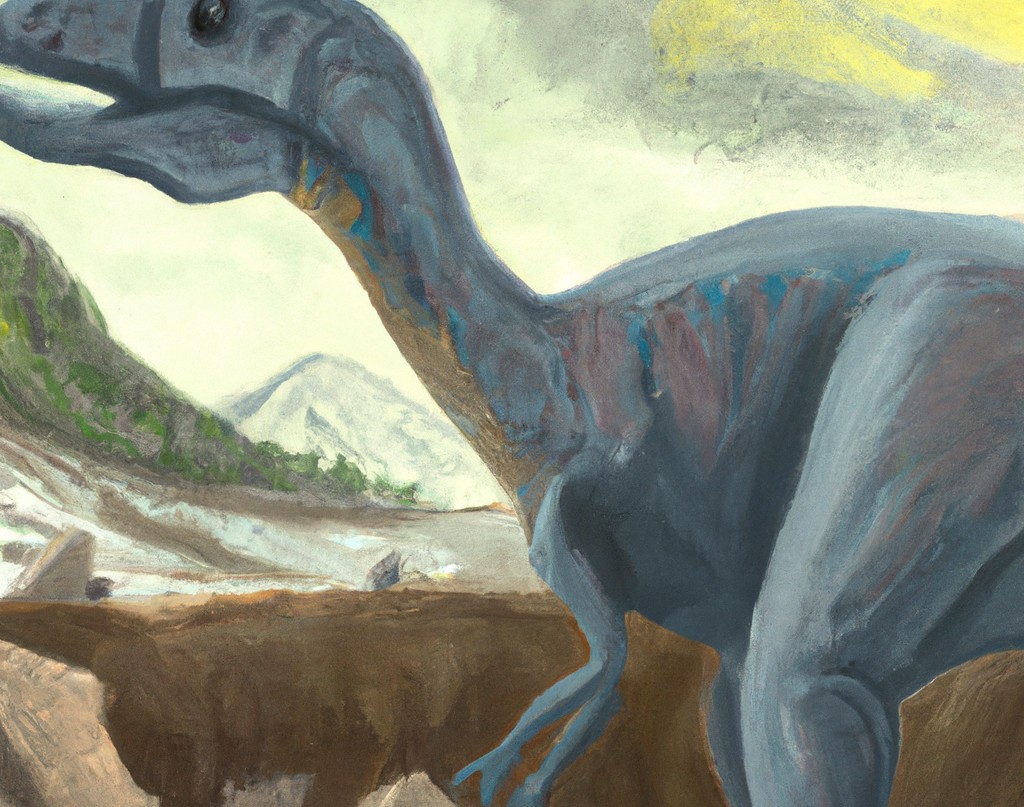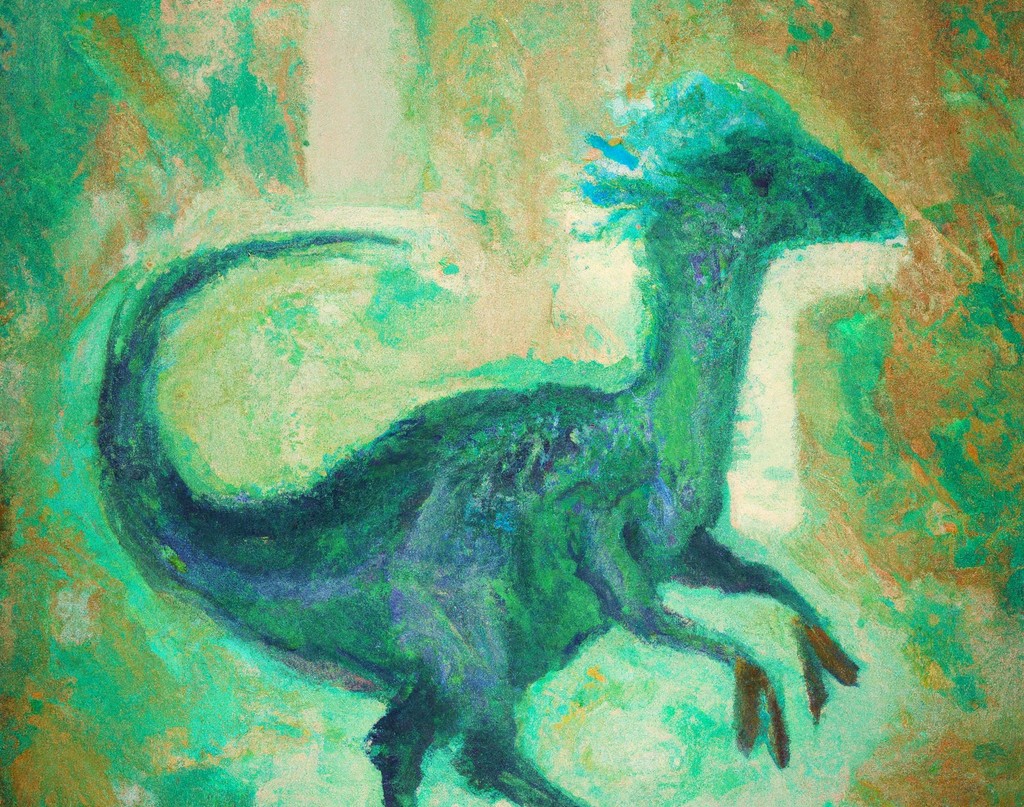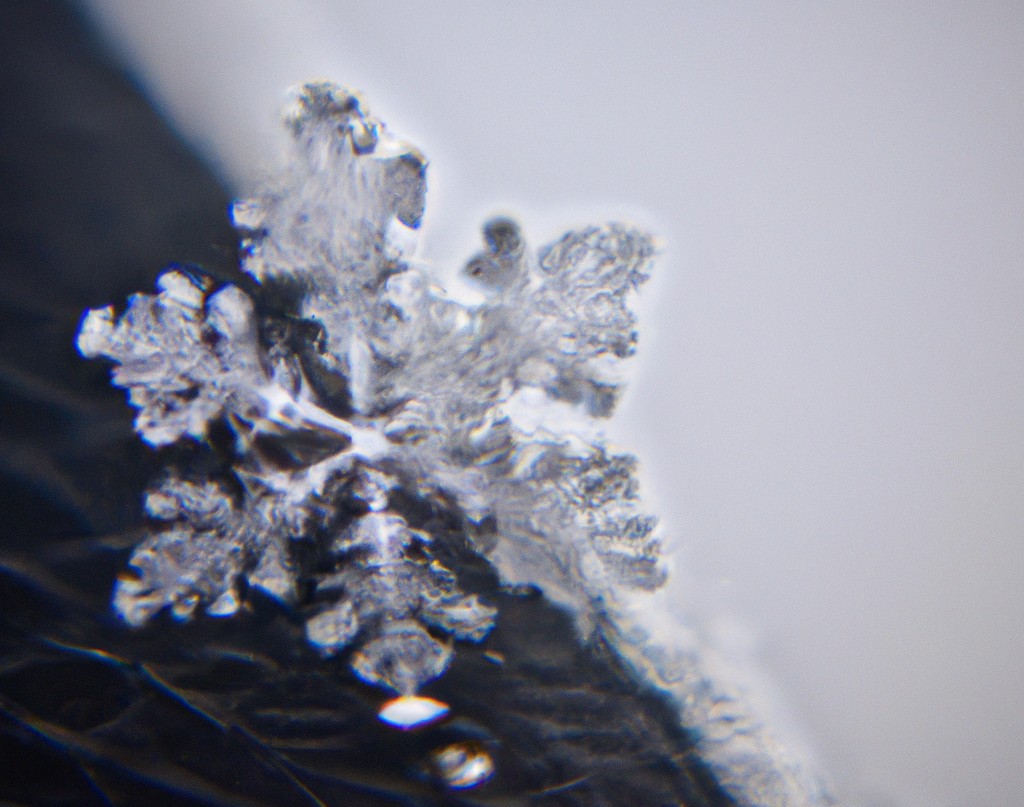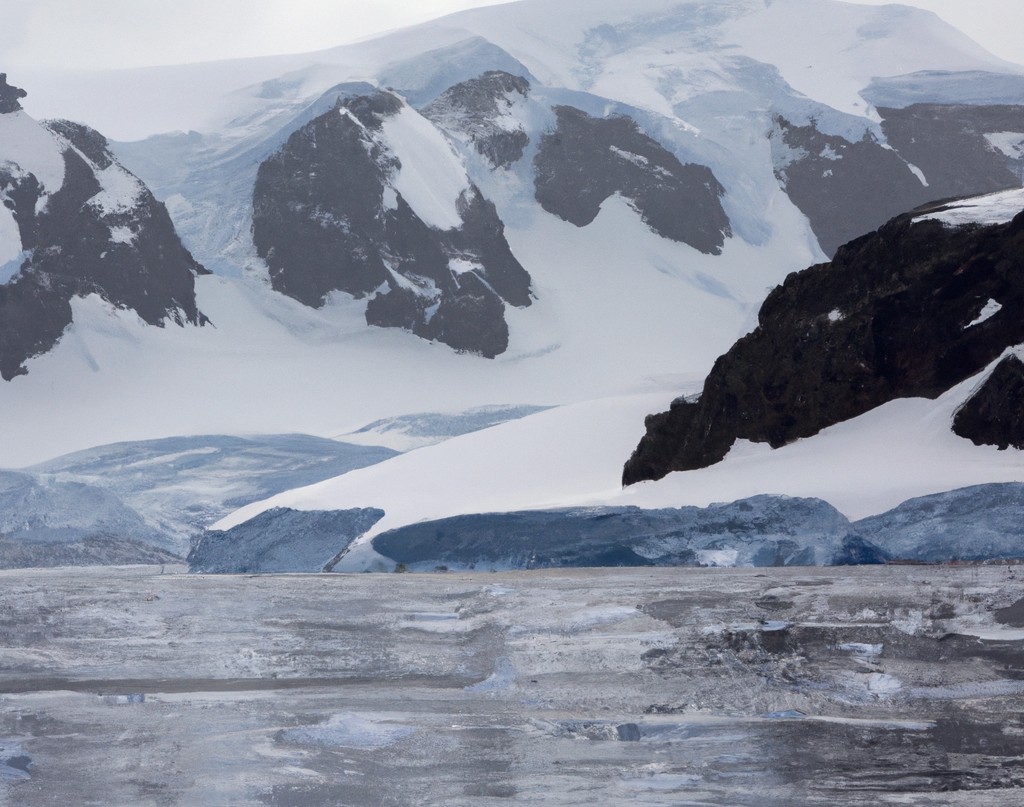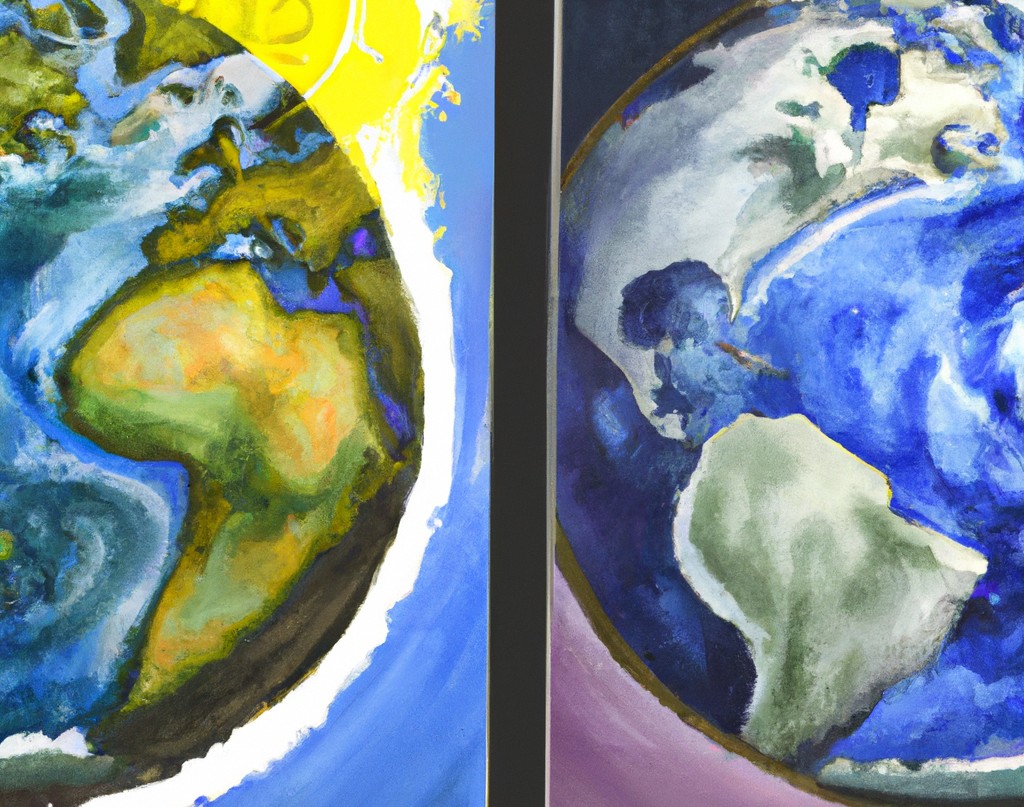The Triassic Period
The Triassic period was the first of the three major dinosaur eras, and it lasted from approximately 252 to 201 million years ago. During this time, the Earth’s climate was hot and dry, and the continents were much closer together than they are today. The Triassic period saw the rise of the first dinosaurs, as […]
